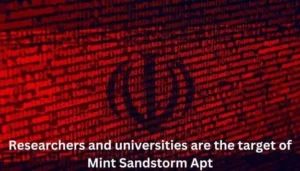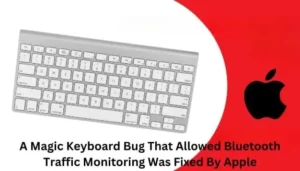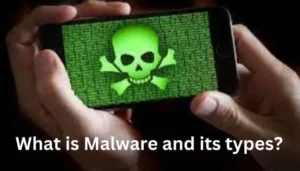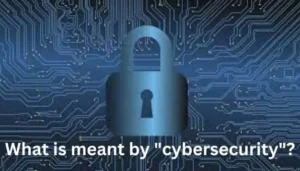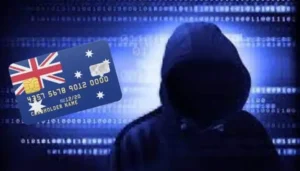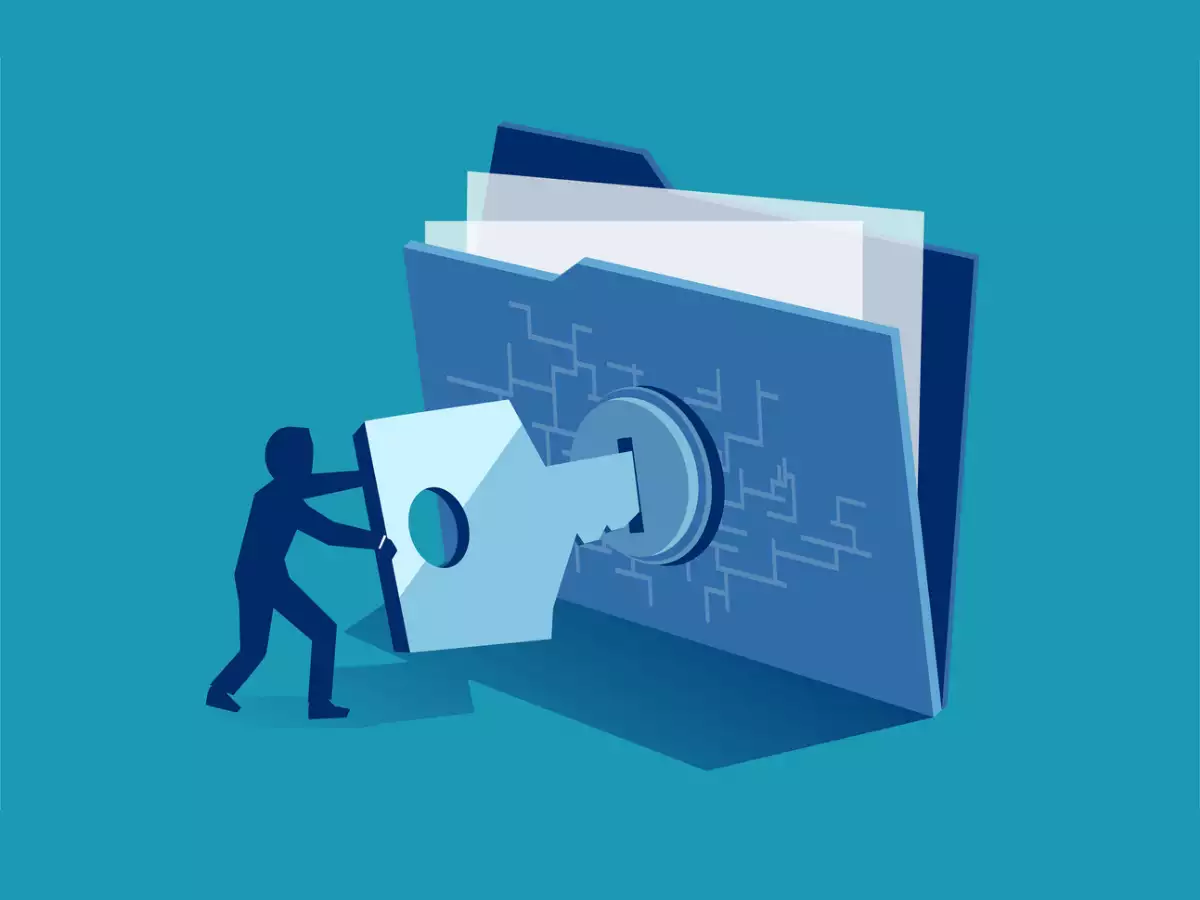
Researchers have developed a Black Basta decryptor that takes advantage of a vulnerability in the Black Basta ransomware to unlock victims’ files.
Through the decryptor, Black Basta victims from November 2022 to this month may be able to get their files back for free. However, according to information, the Black Basta developers fixed the encryption routine bug approximately a week ago, which stopped the use of this decryption method in more recent attacks.
The decryptor known as ‘Black Basta Buster’ originates from Security Research Labs (SRLabs). They discovered a flaw in the encryption algorithm employed by the ransomware gang’s encryptors, which makes it possible to locate the ChaCha keystream that is utilized to employ XOR encryption on a file.
“If the 64 encrypted bytes’ plaintext is known, our analysis indicates that files may be recovered. According to the description of the procedure in SRLabs’ GitHub repository, “the size of the file determines whether it is fully or partially recoverable.”
“It is not possible to recover files smaller than 5000 bytes. Complete recovery is achievable for files ranging in size from 5000 bytes to 1GB. The first 5000 bytes of files larger than 1GB will be lost, but the remaining bytes can be recovered.”
Black Basta uses the XChaCha20 algorithm to create a 64-byte keystream, which is then used to XOR the content of the encrypted file. On the other hand, the XOR key is written to the file when encrypting a file with only zeros in its bytes using a stream cipher, making it possible to retrieve the encryption key.
Expert in ransomware Michael Gillespie Black Basta discovered a flaw in which all 64-byte data chunks with only zeros were being converted to the 64-byte symmetric key because they were using the same keystream twice during encryption. After that, the entire file can be decrypted by extracting this key.
Larger files, such as virtual machine discs, can typically be decrypted due to their abundance of “zero-byte” sections, but smaller files might not be able to be decrypted.
“Virtualised disc images, however, have a high chance of being recovered, because the actual partitions and their filesystems tend to start later,” states SRLabs.
“So the ransomware destroyed the MBR or GPT partition table, but tools such as “test disk” can often recover or re-generate those.”
According to SRLabs, files that don’t have significant chunks of data made up entirely of zero bytes might still be recoverable if you have a previous, unencrypted version of the file with comparable contents.
According to information, certain DFIR firms were aware of the vulnerability and had been using it for months to unlock their clients’ computers without needing to pay a ransom.
Black Basta Buster is a decryptor developed by SRLabs researchers that consists of a set of Python scripts that help you decrypt files in various scenarios.
Nevertheless, the researchers developed a program named “decryptauto.py” that aims to automatically obtain the key and utilize it for file decryption.
But as was previously mentioned, as of November 2022 and even up until a week ago, this decryptor is limited to use with Black Basta versions. Moreover, this tool cannot decrypt files from earlier versions that added the. basta extension instead of a random file extension to encrypted files.
Since the decryptor can only handle one file at a time, you will need to use a shell script or the ‘find’ command, as demonstrated below, to decrypt entire folders. Just remember to change the file paths and extensions as needed.
Recover files encrypted between November 2022 and now
A ransomware group known as Black Basta first came to light in April 2022, offering their services as ransomware-as-a-service (RaaS). Since then, it has demonstrated its ability to pose a serious threat by expanding its attack toolkit to include the Qakbot trojan and PrintNightmare exploit, as well as by employing double-extortion techniques.
After claiming to have been involved in several significant breaches earlier this year, the Black Basta ransomware group quickly rose to prominence. On April 20, 2022, a person going by the handle “Black Basta” posted on dark web forums asking for corporate network access credentials in exchange for a cut of the money they made from ransomware attacks. The user was specifically searching for credentials that could compromise organizations in English-speaking nations, such as the US, Australia, Canada, New Zealand, and the UK.
The American Dental Association (ADA) experienced a cyberattack two days later, forcing it to shut down several of its systems. Just ninety-six hours after the attack, information purportedly taken from the ADA was made public on the Black Basta leak website.
Although it was previously believed that the ransomware group entered its victims’ networks using credentials for purchased or stolen corporate networks, our examination of additional samples tracked over 72 hours indicates a potential relationship between the Black Basta ransomware and the Qakbot trojan. Black Basta was still developing when a Linux version that encrypts VMware ESXi virtual machines was spotted in the wild in June.
The fact that the creators of Black Basta have hard-coded a distinct ID into each build of the program and have resorted to dark markets to obtain network access credentials indicates how well-versed in ransomware business operations they are. Even though Black Basta is a relatively new organization, its founders are probably experienced cyber criminals.
